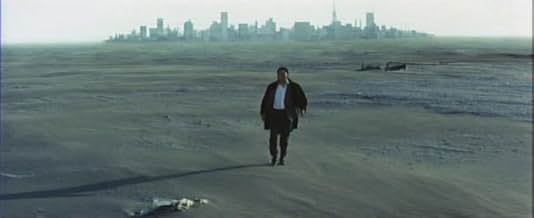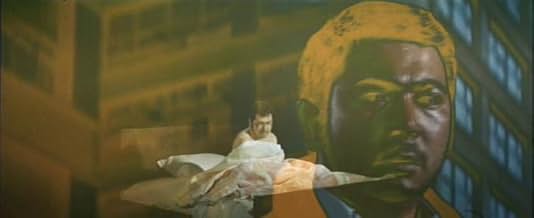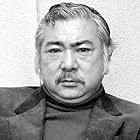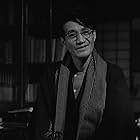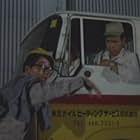A detective is hired by a woman to find her missing husband, but gets gradually more frustrated as the investigation lingers due to the amount of dead-end leads and untrustworthy sources. How many packs of partial lies and untold details must one man go through in order to do his job? Moreover, how much digging into another man's life must one go before he too realizes he is lost? Hiroshi Teshigahara once again gives us a monumental film epitomizing the loss of identity.
In his masterpiece, Woman of the Dunes, the main character there is trapped and lost upon the physical metaphor of sand and desert, while here, Shintaro Katsu's detective is being suffocated and overwhelmed by the monolithic shapes and reflections of the urban jungle. Nearly every other camera shot has an oppressive geometric shape or view of a character through an object capable of refracting/reflecting.
As the film goes on, we see how little anyone really seems to care about this missing man which leads the detective to wallow in existential dread. At one point, he even calls the man he's looking for a low-level nobody but presses on because he has a job to do. The prevailing thought that lingers is individuals can lose their identities in a world busy with people, but can also lose them by being too destructive to themselves (as we see in the waning minutes). By the end we are left with no answers and a detective who has nearly replaced the missing man himself--throwing away his own ego, wandering aimlessly among the streets without a job. Crushed and defeated, he talks to a dog (a metaphor for his ego/identity) wittingly asking, "I never asked you for your name."
Overall, this film is not as masterful as some of HT's previous work (which is definitely the consensus), but a film that is certainly a strong contender for being remembered as it has been lost by the wayside and is not mentioned nearly as frequently as the others. The film may also be overlong for some folks and annoying to those who seek answers or large payoff, as none of that is front and center, but the Teshigahara technique and vision is present throughout and should not be missed.

